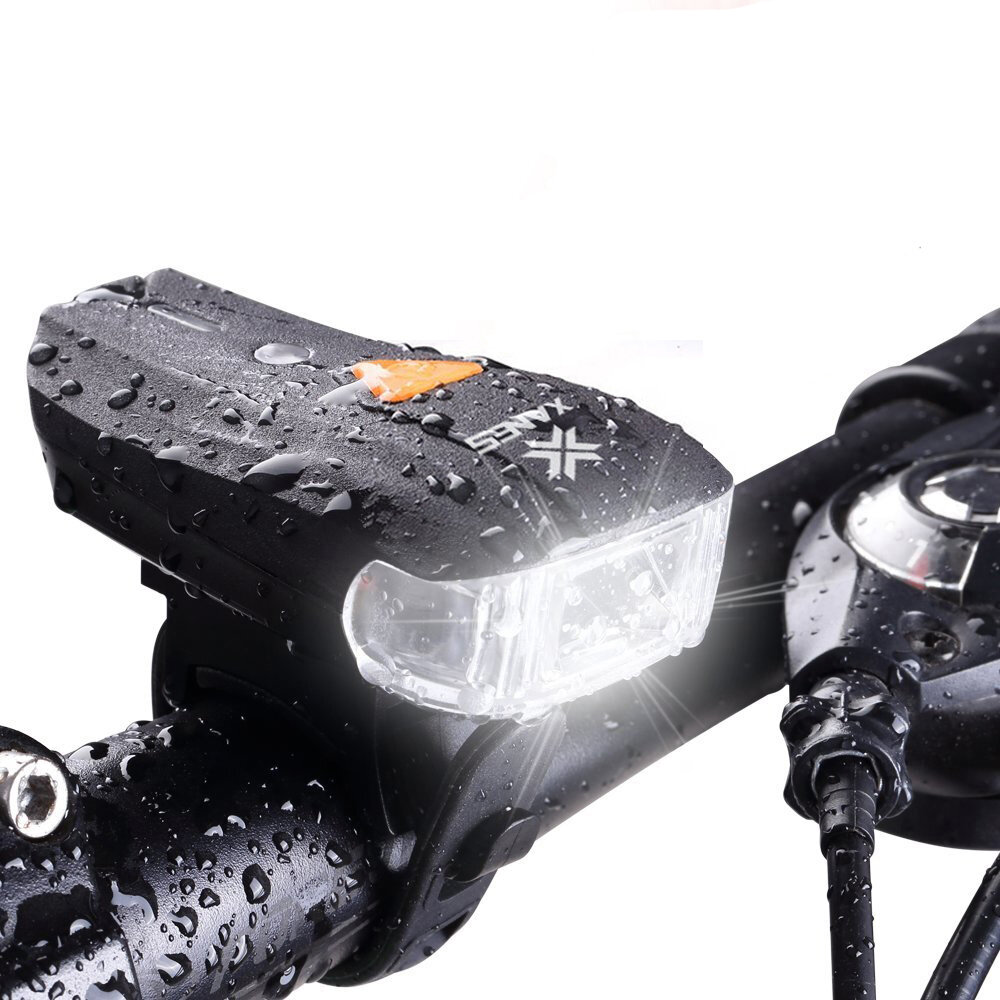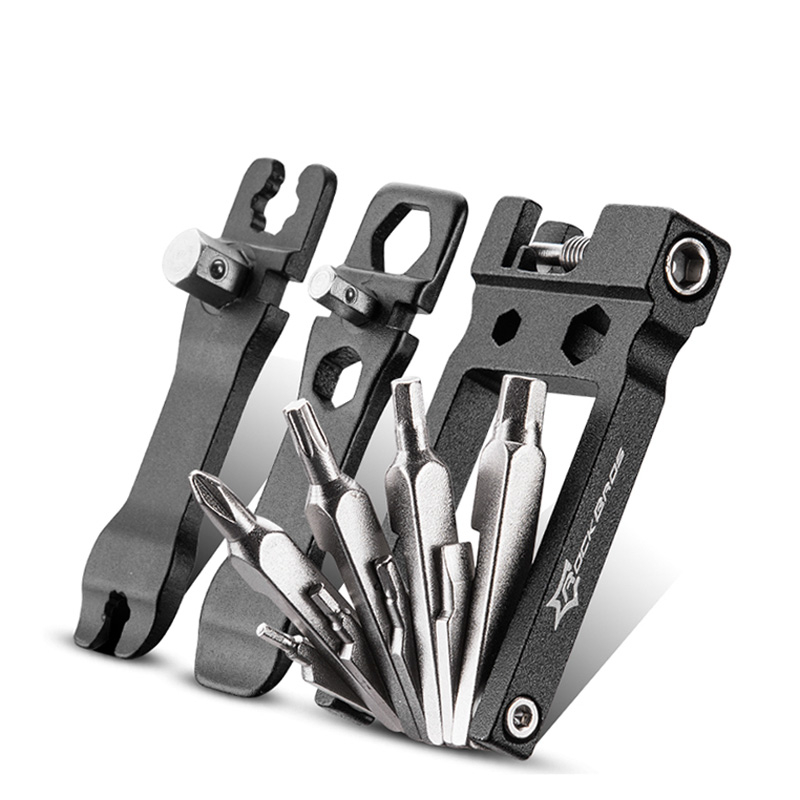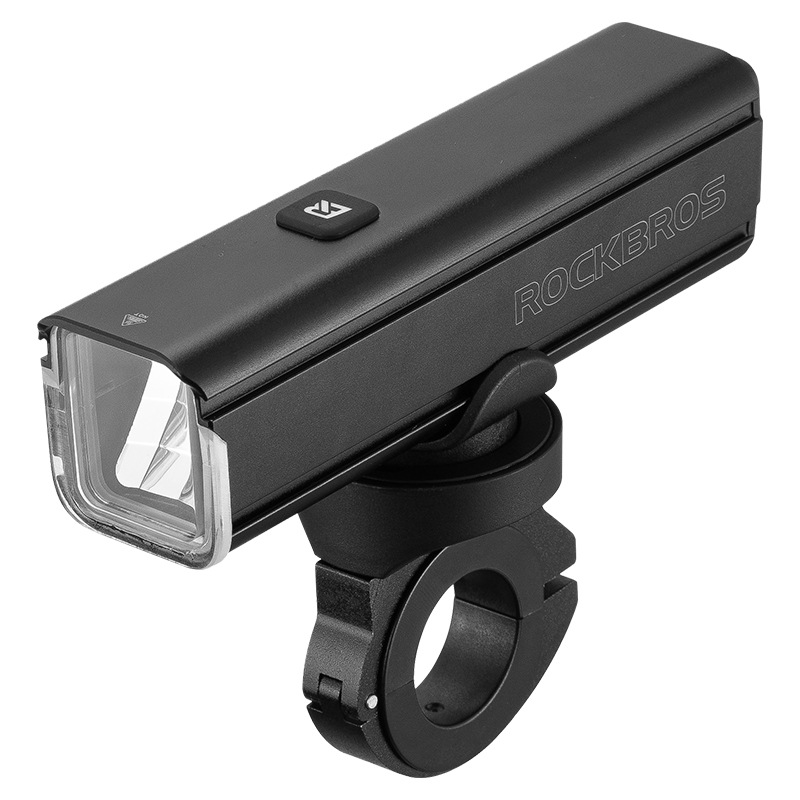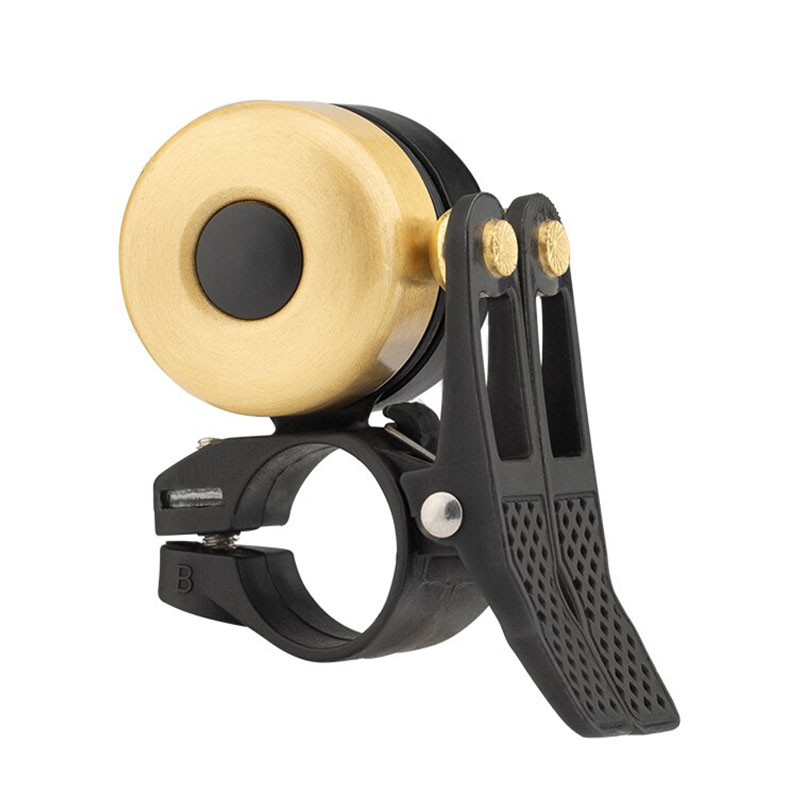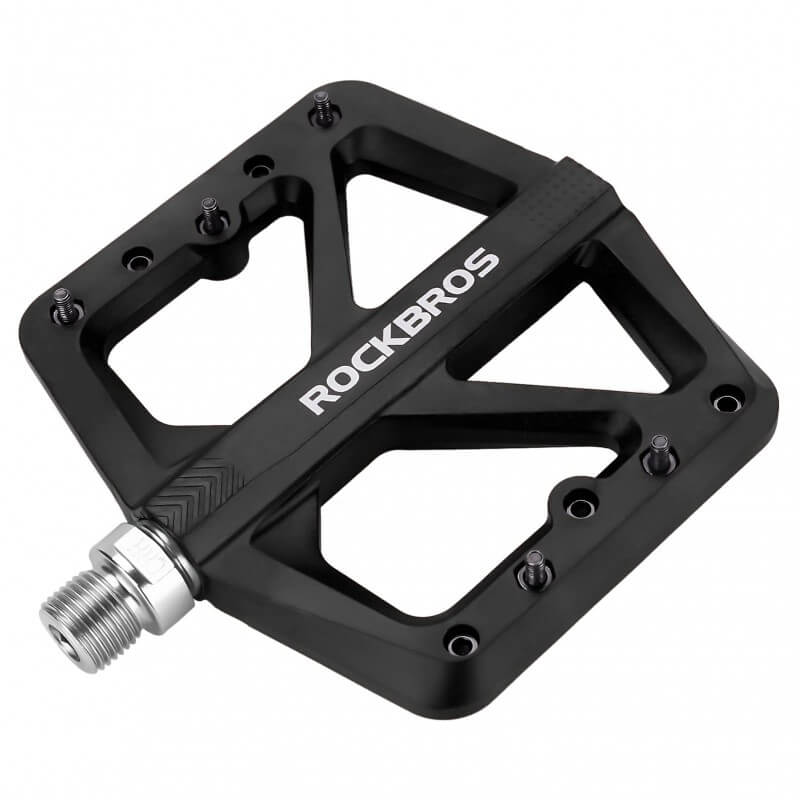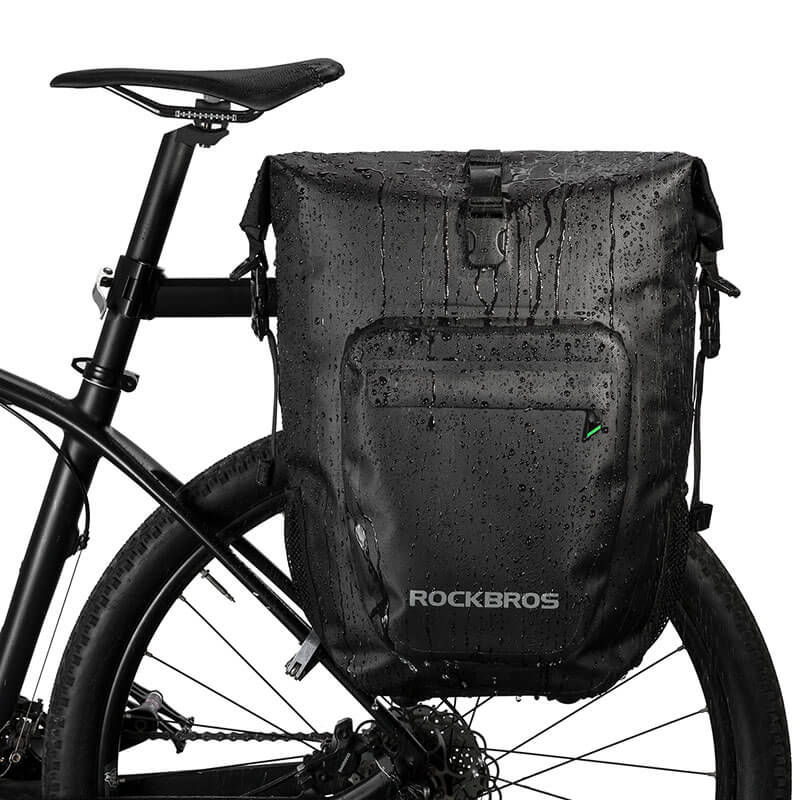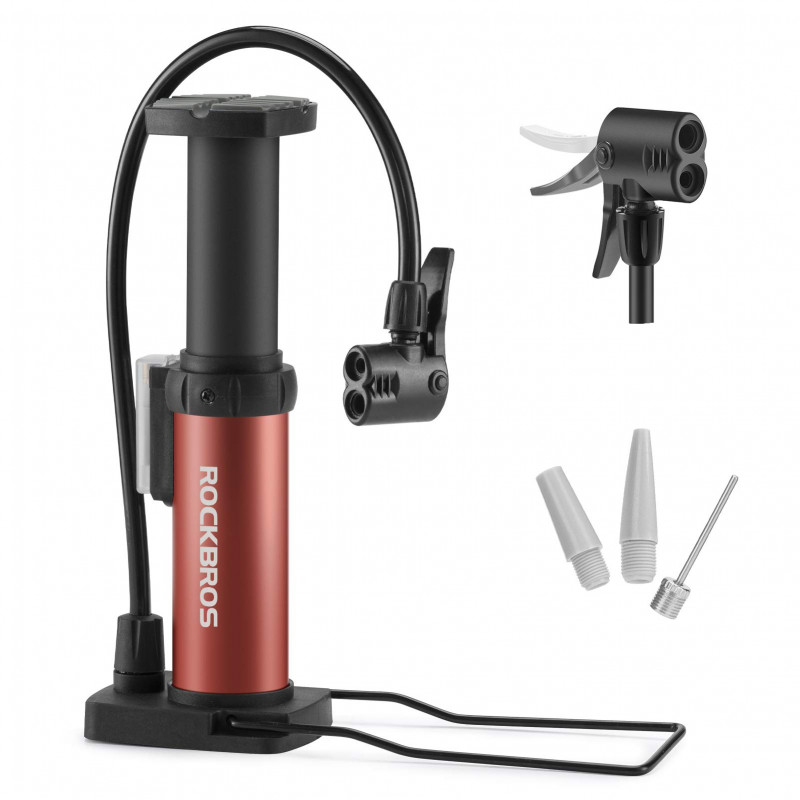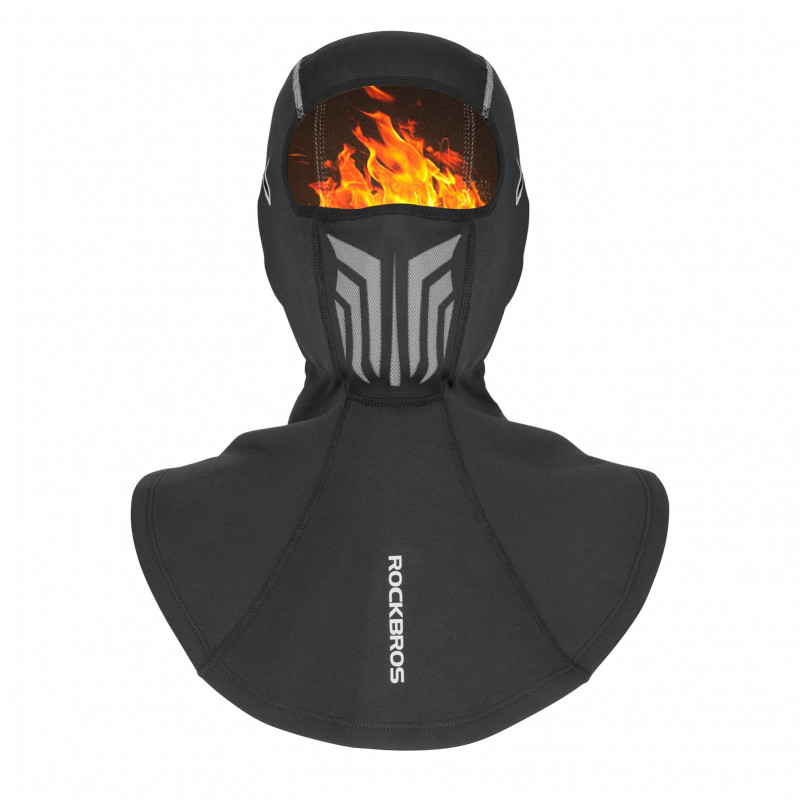Boosting Performance with Lightweight Mountain Bike Pedals
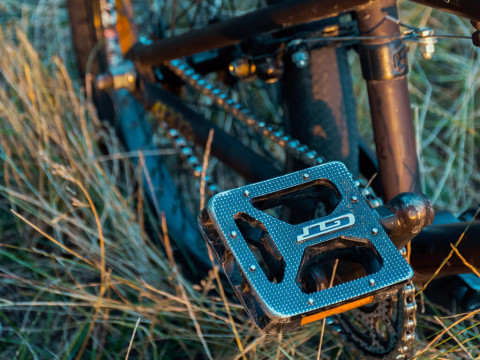
Introduction
Mountain biking is an exhilarating sport that demands skill, agility, and endurance. Whether you're a casual rider or a competitive cyclist, finding ways to enhance your performance is always a priority. One often overlooked aspect of bike performance is the choice of pedals. Lightweight mountain bike pedals, in particular, can make a significant difference in how you ride and perform on the trails. In this article, we will explore the benefits of lightweight mountain bike pedals, factors to consider when choosing them, maintenance tips, top options in the market, installation guide, and how to maximize performance while ensuring safety.
Understanding Lightweight Mountain Bike Pedals
Before diving into the benefits of lightweight mountain bike pedals, it's essential to understand what they are. Lightweight pedals are designed to minimize the weight on your bike, allowing for more efficient pedaling and better control. They are typically made from lightweight materials such as aluminum, titanium, or carbon fiber, without compromising durability and strength.
Benefits of Lightweight Mountain Bike Pedals
Enhanced Pedaling Efficiency
One of the key advantages of lightweight mountain bike pedals is their ability to enhance pedaling efficiency. With less weight to move, your legs can exert less effort, resulting in reduced fatigue and increased endurance. The improved efficiency translates to better power transfer, allowing you to generate more speed and tackle challenging terrain with ease.
Improved Power Transfer
Lightweight pedals contribute to improved power transfer, which is crucial for maintaining momentum and conquering steep climbs. The reduced weight allows for quicker acceleration, ensuring that every ounce of energy you exert translates into forward motion. This increased power transfer can significantly enhance your overall performance and make a noticeable difference in your riding experience.
Reduced Fatigue
When embarking on long rides or endurance races, fatigue can be a limiting factor. Heavy pedals can weigh you down and contribute to muscle fatigue, hampering your ability to maintain consistent speed and control. By switching to lightweight mountain bike pedals, you can reduce the strain on your legs and ride for more extended periods without feeling as tired, ultimately boosting your overall performance.
Factors to Consider When Choosing Lightweight Mountain Bike Pedals
When selecting lightweight mountain bike pedals, several factors should be taken into account to ensure the perfect fit for your riding style and preferences. These factors include:
Material
Lightweight pedals are typically made from materials like aluminum, titanium, or carbon fiber. Each material has its own advantages and considerations. Aluminum pedals offer a good balance between strength, weight, and affordability. Titanium pedals are incredibly lightweight and durable but come with a higher price tag. Carbon fiber pedals are the lightest and provide excellent vibration damping, but they tend to be more expensive and may require more care.
Weight
The weight of the pedals plays a crucial role in enhancing your bike's performance. Opting for lightweight pedals can significantly reduce the overall weight of your bike, resulting in improved maneuverability and faster acceleration. However, it's essential to strike a balance between weight reduction and pedal durability, ensuring they can withstand the demands of off-road riding.
Platform Size
The platform size refers to the surface area where your foot rests on the pedal. Consider your foot size and riding style when choosing the platform size. A larger platform offers more stability and support, while a smaller platform provides better clearance and maneuverability, especially for technical riding.
Cleat Compatibility
If you use clipless pedals, it's crucial to ensure compatibility between the pedal and your cycling shoes' cleats. Different pedal systems, such as SPD, Look, or Time, have specific cleat designs. Check the compatibility of your shoes and pedals to ensure a secure and efficient connection.
Types of Lightweight Mountain Bike Pedals
There are several types of lightweight mountain bike pedals available, each with its own unique features and advantages. Understanding these types can help you make an informed decision based on your riding preferences:
Clipless Pedals
Clipless pedals use a cleat system that attaches your cycling shoes to the pedals, providing a secure connection and efficient power transfer. They offer excellent control and stability, especially when navigating technical terrain or performing jumps. Clipless pedals are favored by many competitive riders for their efficiency and ability to generate power.
Flat Pedals
Flat pedals, also known as platform pedals, feature a large, flat surface area for your foot to rest on. These pedals are popular among downhill riders, freeriders, and beginners. They offer a more casual riding experience, allowing riders to quickly remove their feet from the pedals if needed. Flat pedals provide a sense of freedom and allow for easy foot adjustments while riding.
Hybrid Pedals
Hybrid pedals combine the benefits of clipless and flat pedals. They feature a clipless mechanism on one side and a flat platform on the other, providing versatility and options for different riding scenarios. Hybrid pedals are ideal for riders who want the efficiency of clipless pedals but also desire the freedom and convenience of flat pedals in certain situations.
Maintenance Tips for Lightweight Mountain Bike Pedals
To ensure optimal performance and longevity of your lightweight mountain bike pedals, regular maintenance is essential. Here are some maintenance tips to keep in mind:
Regular Cleaning
Regularly clean your pedals to remove dirt, mud, and debris that can affect their performance. Use a brush or a soft cloth to clean the pedal body and a degreaser to remove grime from the pedal spindle and mechanism.
Lubrication
Apply a suitable lubricant to the pedal mechanism to ensure smooth and consistent engagement and release. Be sure to use a lubricant specifically designed for bike pedals to prevent attracting dirt and compromising the pedal's performance.
Inspection and Replacement
Regularly inspect your pedals for any signs of wear or damage, such as loose bearings, worn-out cleats, or cracked pedal bodies. If necessary, replace any worn-out components to maintain optimal functionality and safety.
Installation Guide for Lightweight Mountain Bike Pedals
Installing lightweight mountain bike pedals is a straightforward process that can be done with a few simple steps. Here's a step-by-step guide to help you with the installation:
Tools Required
- Pedal wrench or Allen key (depending on the pedal type)
- Grease or threadlocker (if necessary)
Step-by-Step Installation Process
Start by removing the old pedals from your bike. Use a pedal wrench or Allen key to loosen the pedal spindle in a counterclockwise direction. Remember that the left pedal has a reverse thread, so you'll need to turn it clockwise to loosen it.
Once the old pedals are removed, inspect the pedal threads on your crank arms. Clean any dirt or debris and apply a small amount of grease or threadlocker if necessary. This helps prevent corrosion and ensures a secure fit.
Take the new lightweight mountain bike pedals and identify the left and right pedals. They are usually labeled or marked accordingly. The right pedal has standard threading (clockwise to tighten), while the left pedal has reverse threading (counterclockwise to tighten).
Begin by threading the right pedal into the right crank arm by hand. Turn it clockwise until it is snug. Then, use a pedal wrench or Allen key to tighten it securely. Be careful not to overtighten, as it can damage the threads or the pedal itself.
Repeat the same process for the left pedal. Remember that the left pedal has reverse threading, so you'll need to turn it counterclockwise to tighten it securely.
Once both pedals are installed, give them a final check to ensure they are tight and properly aligned. Test the pedals by rotating them to make sure they spin freely without any wobbling or play.
How to Maximize Performance with Lightweight Mountain Bike Pedals
Having lightweight mountain bike pedals is just the first step. To maximize your performance on the trails, here are some tips to consider:
Proper Pedal Technique
Focus on developing a smooth and efficient pedal stroke. Apply pressure throughout the full 360 degrees of the pedal rotation, utilizing both the downstroke and upstroke. This technique helps optimize power transfer and maintain a consistent cadence.
Body Positioning
Maintain proper body positioning while riding to maximize the benefits of lightweight pedals. Keep your weight centered and balanced over the bike, with a slight bend in your elbows and knees. This position allows for better control, stability, and efficient power transfer through the pedals.
Training and Conditioning
Improving your overall fitness and leg strength through training and conditioning can significantly enhance your performance with lightweight pedals. Incorporate specific exercises like interval training, hill repeats, and strength training to build endurance and power in your legs.
Safety Considerations When Riding with Lightweight Mountain Bike Pedals
While lightweight mountain bike pedals offer numerous advantages, it's essential to prioritize safety. Here are some safety considerations to keep in mind:
Proper Pedal Release Techniques
If you're using clipless pedals, practice proper release techniques to ensure you can quickly disengage from the pedals when needed. Learn the proper twisting motion required to release your foot and practice it in a controlled environment before hitting the trails. This will help you react swiftly in unexpected situations and avoid potential accidents.
Adjusting Release Tension
Clipless pedals often come with adjustable release tension. It's crucial to find the right balance for your riding style and skill level. Start with a lower tension setting if you're new to clipless pedals and gradually increase it as you gain confidence and become more comfortable with the system. This allows for easier and smoother release when necessary.
Learning to Fall Correctly
In the event of a fall or loss of balance, it's important to know how to fall correctly to minimize the risk of injury. Practice falling on a soft surface and learn to roll with the impact, protecting your joints and avoiding direct impact on vulnerable areas. Developing this skill can prevent serious injuries and ensure a safe riding experience.
Conclusion
Investing in lightweight mountain bike pedals can have a significant impact on your overall riding performance. Their ability to enhance pedaling efficiency, improve power transfer, and reduce fatigue can make a noticeable difference on the trails. By considering factors such as material, weight, platform size, and cleat compatibility, you can find the perfect pedals to suit your riding style and preferences. Remember to maintain and care for your pedals through regular cleaning, lubrication, and inspection. Additionally, focus on proper pedal technique, body positioning, and conditioning to maximize your performance. Always prioritize safety by practicing proper release techniques, adjusting release tension, and learning to fall correctly. With the right lightweight mountain bike pedals and mindful riding, you can elevate your biking experience to new heights.
FAQs (Frequently Asked Questions)
1. Are lightweight mountain bike pedals suitable for beginners?
Yes, lightweight mountain bike pedals can benefit riders of all skill levels. However, beginners may find flat pedals or hybrid pedals more suitable as they provide a sense of security and ease of foot adjustment.
2. Can lightweight mountain bike pedals improve my speed?
Yes, lightweight pedals can contribute to improved speed due to their reduced weight and enhanced power transfer. They allow for quicker acceleration and more efficient pedaling, resulting in increased speed on the trails.
3. How often should I clean and maintain my lightweight mountain bike pedals?
Regular maintenance is crucial for optimal performance. Clean your pedals after every ride, especially if they have been exposed to dirt, mud, or water. Additionally, inspect and lubricate them periodically to ensure smooth operation.
4. Can I use any type of cycling shoes with lightweight mountain bike pedals?
The compatibility of cycling shoes depends on the type of pedal system you choose. Clipless pedals require specific cleats that are designed to work with compatible cycling shoes. Make sure to check the compatibility of your shoes and pedals before making a purchase.
5. Are lightweight mountain bike pedals suitable for all types of mountain biking?
Yes, lightweight mountain bike pedals can be used for various types of mountain biking, including cross-country, trail riding, enduro, and even downhill. However, the choice of pedal type may vary depending on your riding style and preferences.
